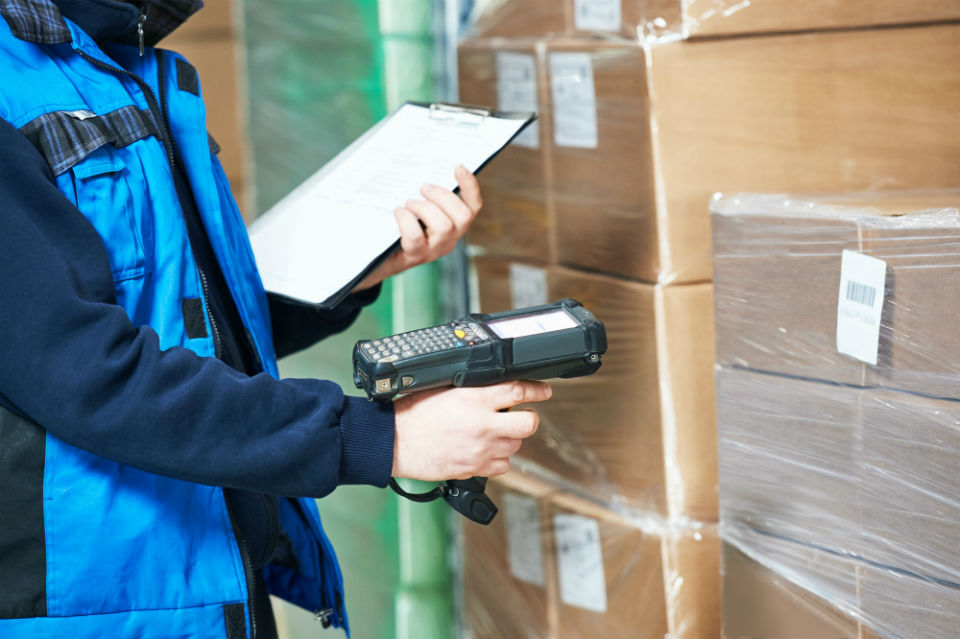It’s important for every business to have a clear understanding of what’s coming in and what’s going out in terms of product. However, it’s even more important for businesses that deal with perishable goods to be acutely aware of what’s happening both on a micro and macro level. Strategic lot tracking best practices can go a long way towards making this happen.
Lot tracking is important for manufacturers in many industries, but it’s especially significant in food-related industries. As a frozen food manufacturer or supply chain partner, it’s imperative that you have a comprehensive understanding of lot tracking and how it fits into each of your processes.
Lot tracking is essentially the process of recording information that’s associated with a batch of product. Which information you track is up to you. Based on the lot tracking system you use and the criteria you establish, you can do everything from track several units of a single stock item to actually define statuses that determine when stock items can and cannot be sold. (This latter issue is especially important when dealing with expiration dates).
Lot tracking is more than likely required under industry safety programs that you participate in, or at the very least, your organization has stipulations that demand certain levels of traceability. With a robust lot tracking system, you can complete highly targeted and accurate unit withdrawals based on tiny isolated issues or widespread problems. It’s this flexibility that makes lot tracking so helpful in overall supply chain visibility.
When it comes to lot tracking in the frozen food industry, there are a number of things you need to understand and consider in order to be successful. For your convenience, here are a few of these best practices:
1. Use license plates on pallets
There are typically three different key areas of lot control tracking: RF barcoding, RF scanning, and labeling. Furthermore, lot tracking takes place at either the license plate level, bin level, or even at individual box level.
“The case can be made that the license plate method is typically the easiest and most efficient approach to follow,” industry expert Joe Scioscia says. “When food suppliers receive a pallet of goods, they then produce a pallet license plate which has all of the lot information already on it – including shelf data, expiration date and production date. From there, the food supplier must scan every box that leaves their manufacturing floor.”
One of the key advantages to using the license plate method is the ability to place multiple lots in a single bin. Not only does this speed up the process, but it also requires less space in the warehouse. Furthermore, it reduces the need to scan every single case, which eliminates much of the time it takes to process items.
2. Identify the “Golden Batch”
Every frozen food manufacturer has a “Golden Batch.” This is nothing more than the standard product that all future products are measured against for consistency and quality. In other words, the golden batch is the mold or model.
For frozen foods, you have to monitor processing times and temperatures for all batches. “If the food is produced in an environment that is too warm, it may introduce food spoilage and/or contamination,” says Katie Moore of Refrigerated & Frozen Foods. “It is also important to measure parameters in both real-time and times historically associated with each batch to ensure products are maintaining the appropriate specifications from a food safety and quality standpoint.”
With lot tracking, you can be sure that every batch aligns with the golden batch and that there are no significant variances that could impact the taste, safety, or quality of the end product.
3. Respond to sanitation procedures
“An equally important part of the production process is proper sanitation of equipment to prevent the introduction or transfer of allergens into the frozen food item,” Moore reminds us.
In the unfortunate situation that frozen food items have been exposed to certain allergens in your facilities, you need a lot tracking system that’s able to isolate affected items, halt production on food processing equipment that’s come into contact with allergens and ensure nothing leaves the warehouse that could possibly be impacted in a negative manner.
Ready for a specialized food ERP? Learn more about Aptean Food & Beverage ERP JustFood Edition — a solution purpose-built to solve your challenges and propel your food business and digital transformation to the next level.
